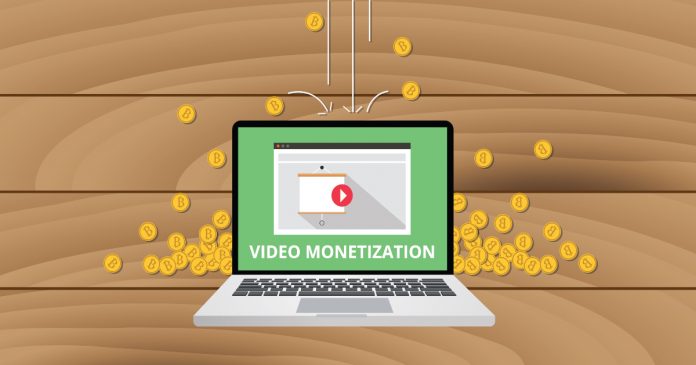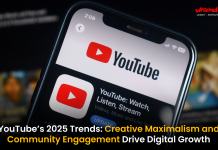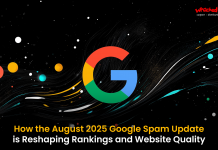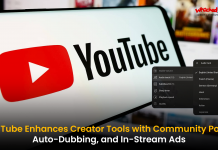When the internet slowly spread all around the world, it had a massive potential that is not yet explored completely. The Internet is a very very powerful tool that can be used to change the world for the better. The Internet has spawned hundreds if not thousands of ecosystems that rely on it completely and has made the world a better place. Yahoo and Google were at the forefront of this digital revolution. Google with its simple and powerful search engine and Yahoo! which projected itself as a search engine as well as a content provider. Just when everyone thought that search engines were the peak of what internet could be used for, Myspace and Orkut broke out as social networking platforms. Both these platforms offered users a chance to reconnect with friends, acquaintances and family spread all over the world quickly and with the ease of sitting in front of a computer. Based on these social networking sites, came Facebook, the world’s biggest and largest social networking platform founded on the vision of Mark Zuckerberg.
However, the internet has constantly evolved over the years and it gave us YouTube, e sports, cyber gaming, live streaming, over the top streaming and it does not stop here. Marketing professionals were quick to realise the importance of internet marketing and it spawned an entire business industry which is now referred to as Digital Marketing. Digital Marketing relies heavily on the internet based technologies and social media platforms. Digital marketing also gave rise to the next big thing, advertising (ad) revenue, which is where the big money is right now. Advertising revenue is the monetary income that individuals and businesses earn from displaying paid advertisements on their websites, social media channels or other platforms surrounding their internet based content.
It is now estimated the internet advertising market in the United States of America alone is estimated to be worth $ 10 Billion as of the late 2018. It was also estimated advertising spending worldwide would surpass 560 billion U.S. dollars in 2019. Most of the internet marketing advertising market share is held between Google, Facebook, Amazon and Microsoft.
Google earns most of its revenue through its Google Adsense and YouTube. YouTube in particular offers a unique opportunity for anyone with a passion for innovation, to make money for themselves sitting in front of a camera or by uploading any kind of video content which follows the guidelines of YouTube.
Let us look at how YouTube and Facebook can be used for monetization of content.
YouTube
YouTube began as a simple video sharing platform but has now grown into a powerful tool for sharing content. Most of all, movie trailer releases happen on YouTube, news channels are now partnering with YouTube to stream live content and content creators use it to interact with their target audience. YouTube also is a platform where a channel or a creator can earn money via monetization. The ad revenue is generated from Google AdSense, a program which targets ads according to the site’s content and audience. The vast majority of its videos are free to view, but there are exceptions, including subscription based premium channels and film rentals. YouTube currently ranks behind Google in terms of popularity in usage and as of 2019, 500 hours of content is uploaded every minute on YouTube. YouTube is estimated to have US $15 billion in annual revenues based on reported quarterly advertising revenue.
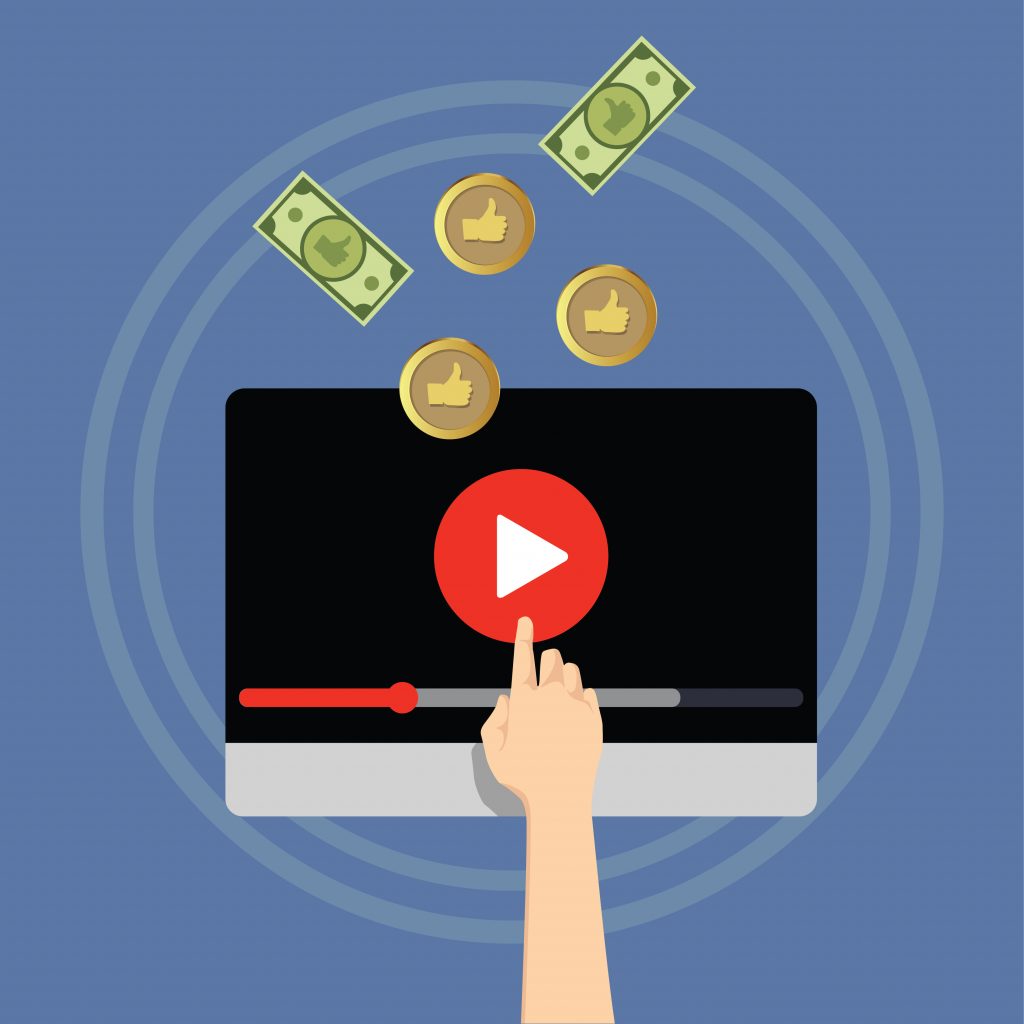
How To Become Eligible For YouTube Monetization
In order to qualify for monetization, if you are a creator or have a channel on YouTube, there are certain criteria that should be ticked. But before being able to monetize videos, a channel should be part of the YouTube Partner Program (YPP.) According to a Google blog post the minimum eligibility requirements are listed below
- Follow all the YouTube monetization policies.
- The YouTube monetization policies are a collection of policies that allow you to monetize on YouTube. If you are a YouTube partner, your agreement including the YouTube partner program policies require compliance with these monetization policies in order to potentially earn money on YouTube.
- Live in a country or region where the YouTube Partner Program is available.
- Have more than 4,000 valid public watch hours in the last 12 months.
- Have more than 1,000 subscribers.
- Have a linked AdSense account.
AdSense is Google’s (YouTube is owned by Google) way of paying you for helping their business grow, and for selling ad space. In simple terms YouTube does not pay a user directly but instead Adsense aggregates your views and then will directly deposit a users funds on the 21st of each month.
Review Process:
Once the eligibility criteria is met and the application for the YPP is submitted, the next step is the review process. The application will be put in a queue where reviewers will go through the application and assess the channel to see if it meets the YouTube monetization policies.
How YouTube Monetization works:
YouTube provides creators or channel managers with the option to choose various types of ads which are used to target specific audiences. The ad reach and analytics can be monitored via different kinds of data that YouTube Creator Studio provides. According to YouTube, it recommends three types of ads which can be used in a video. While a bid is placed for the remaining types of ads, advertisers are charged on basis of the number of clicks or views received on their advertisements.
- TrueView for reach: This ad types lets you reach as many people as possible for your target audience. It is a skippable ad with a length of 15 seconds.
- Bumper Ads: These ads are skippable and let a user share their message in six seconds to drive reach and impact for a world which is increasingly mobile first.
- Reservation Ads: These ads are 15 seconds long and help guarantee to reach an audience in order to make an impression that lasts. Reservation ads work on fixed, cost per thousand impressions (CPM) or fixed cost per day basis (CPD.)
- Outstream Video Ads: These kinds of ads are non skippable and are designed to reach people wherever they are watching. For example these ads can be placed in a mobile game or embedded in an article. The video length for these ads are preferred to be less than fifteen seconds.
- Masthead Ads: Like the name masthead implies, these ads have high visibility because they are designed for businesses to place ads on the top spot of the YouTube homepage. These are non skippable ads.
Facebook began as a social networking platform which offered people all over the world the ease to connect and interact with friends and family apart from finding and making new friends. However over the years Facebook grew into something bigger than what it was when it started. Facebook has acquired the photo sharing social networking site Instagram and the online texting application WhatsApp. Facebook also evolved into a marketplace where people can sell products both new and used and has even recently launched a dating platform as well. Facebook currently has 2.5 billion active users on its platform and monetizing video content makes sense from a business perspective as well as being helpful to the creators. Facebook began monetizing videos in 2015, and revenue earned from monetization is split between Facebook and the creators.
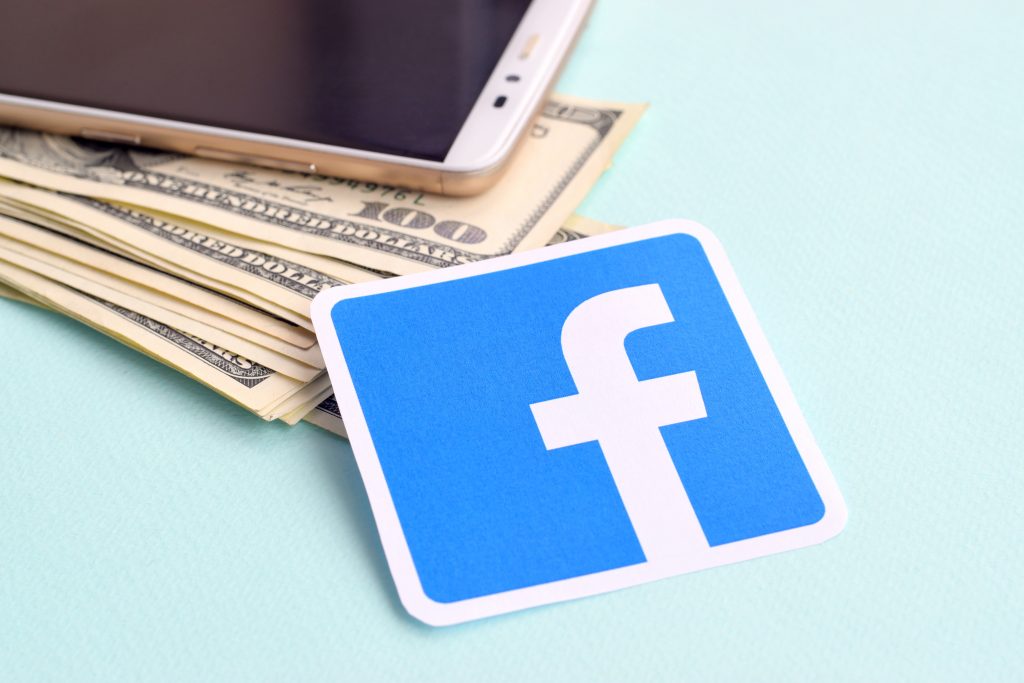
How to be eligible for Facebook monetization:
Facebook has a certain eligibility criteria that needs to be met before becoming eligible for monetization. According to Facebook, the eligibility criteria are given below
- You must pass and remain compliant with Facebook’s Partner Monetisation Policies.
- You have to publish from a Page (not a profile) with at least 10,000 followers.
- You must generate at least 30,000 1-minute views on videos that are at least three minutes long in the last 60 days.
- You must be at least 18 years old.
- You must live in a country eligible for in-stream ads.
After qualifying the requirements mentioned above, a creator can check for eligibility in the Creator Studio
- Log in to your Creator Studio.
- In the Monetisation box, click Check Eligibility.
- Review your status under Partner Monetisation Policies.
The eligibility criteria can also be checked from the page insights
- Go to the Page for which you want to check the criteria
- Click the Insights tab at the top of the Page.
- Click Videos in the left-hand menu.
- Under instream ads access, click View.
Facebook even has a best practices page for in stream ads eligibility which you can check here.
How the Monetization Works:
Once a page is qualified for monetization, a feature called ad breaks is enabled which lets the creator insert ads in their videos. After enabling the monetization option, a creator can choose a form of receiving their earnings from multiple options after selecting a payment option. Facebook lets a creator choose where they want to insert ads or it inserts them automatically at best places in the video content. This choice is available to the creator to make for every video.
After uploading a video, there is a content approval process for monetization which is based on the performance of the video. Facebook reviews high performing videos first which means the number of views gained from the first few minutes will make a lot of difference in the review process. For example, a video taking 10 minutes to get 100 views will get preference over a video which takes 1 hours to gain 100 views.
How to use ad breaks in a live video:
Live videos on Facebook also now have the option to be monetized. According to Facebook the following are the criteria to qualify to have ad breaks in a Facebook live video.
In India, Facebook has laid down the following parameters to monetize a live video. It is important to remember live videos can only be monetized after the live video stream has ended.
- A page/profile should have more than 10,000 followers.
- The live video duration should be longer than three minutes.
- Creators will need to garner more than 30,000 one minute video views on their page videos within sixty days.
- Creators will be able to earn 55% of ad revenue from live video monetization features.
- The ads will be available in multiple Indian regional languages.
Three minute video monetization:
The latest update in Facebook monetization is regarding the three minute videos. Thanks to Facebook, these videos can be monetized as well which is a welcome move according to the creators. Three minute videos have short 10 second ads. However Facebook has certain eligibility requirements again which are given below:
- The page should have a minimum of 10,000 likes.
- There should be 30,000 one minute views on the videos longer than three minutes.
- The page should be from a region/country where FB monetisation is available.
- The published content should be in compliance with the Facebook Monetisation Policies.
Instagram Monetization:
Instagram is also currently testing monetization feature on their platform. The feature has not been officially rolled out but was spotted during the testing phase. Instagram currently partnered with a few selected top creators to test this feature before rolling it out publicly. Those who are in the partner program will receive 55% share of all ad revenue fro IGTV, the same revenue percentage as YouTube. Instagram’s broader outreach will be a lucrative incentive for creators to adopt the monetization feature.
In the current world, advertising is where the big money is and it is never too late to start learning to use and employ them to generate a stream of revenue. It is also imperative to remember that advertising goes hand in hand with good solid content. Whackedout Media has supported and helped multiple brands and individual creators to get the most of their content. Over the years, Whacked Out Media has built an impressive portfolio and has dedicated resources to support brands and creators who wish to grow and increase their outreach.

